After an arduous day teaching consonants in her early childhood classroom, kindergarten teacher Sierra Young unwinds by cozying up with her two furry companions, Milo and Mei. Her two dogs leave paw prints on her journey as they venture together into a foreign country.
As a spirited young adult, Ms. Young welcomed Milo, an eight-year-old golden retriever mix. “I had just been working for two years. I was in my early 20s, and I was living alone. I needed a buddy. I needed a friend. And so I decided to pursue this big change,” she said.
After years of unforgettable memories, Ms. Young realized that Milo might need a friend. Not long after, Mei, a three-year-old Labrador Retriever, joined the family. “The word Mei has a lot of meanings. In Chinese, ‘mei’ means beautiful. Mei is so full of energy as she just goes and bugs Milo. They pick on each other, kind of like real siblings,” she said.

While her routine with Milo and Mei brought joy, Ms. Young longed for more. Ms. Young departed from Texas to start a new chapter of her life with her furry friends in Korea. “I had always wanted to travel a lot. In college, I studied abroad in China for a month, and I got the travel bug. And so every year I would go somewhere, but Asia has always been the most interesting to me,” she said.
Once she received the green flag from the DIS administrators, Ms. Young wasted no time. She packed her belongings and rushed to the airport with her two dogs. “It all happened really fast. I started getting ready, getting the dogs ready, and quickly packed to move over here,” she said.
However, she left only to realize how demanding travels with animals are. “Moving with dogs was a ton of paperwork. I was shocked. Compared to a human child, where you just have to prepare their passports, for dogs, you have to go to the vet to get a bunch of paperwork,” Young said.

To make matters worse, the weather in Texas wasn’t in her favor. “I moved in July. Texas is very hot in July, and some airplanes don’t provide air-conditioned cargos for pets,” she said. So they don’t allow you to fly because it’s too hot for animals. Luckily, Korean Air had air-conditioning in their cargo, so I was able to fly to Korea.”
After all the preliminary procedures, the physical move rushed in as a whole new challenge. “I lived about five hours from Dallas, the major airport in my region. So we had a five-hour drive, and then we flew the next day. Our flight was about 12 to 14 hours. When we arrived in Korea, we got picked up by a driver,” she said. “After that, we had to drive another four hours from the Incheon airport to Daegu with the dogs. It was a very long drive, and the day was very stressful. The dogs were also stressed out and unhappy. I can’t imagine a huge move, a huge change like that, from their perspective.”
Life in Korea with her retrievers brought many challenges. “Living in Korea with dogs is very different. With my dogs, it can be a little stressful,” she said. “While my dogs have always alleviated my stress because of their calming presence, being in a different environment with so many changes actually became very stressful—for both them and me. We are just figuring out a rhythm, and trying to get used to everything.”

One of the biggest adjustments has been the change in housing. “In Texas, I had my own house and my own backyard, so my dogs always had a lot of space. Now that I’ve moved to a much smaller officetel, we don’t have a backyard, and that has been very different for them,” Ms. Young said.
Furthermore, cultural differences hinder a comfortable stay, as Koreans shy away from Mei, her black dog, in fear. “I think it’s almost a stereotype that black dogs are meaner. People tend to be more afraid of big black dogs. Golden retrievers are known to be a very kind and attractive breed, so we’ll have people come up to us and ask to take a photo of Milo, but not Mei. In reality, Mei is actually friendlier. Still, people are more frightened of her just because she looks meaner,” she said.
With a hopeful outlook, she shares her desire for changed perceptions. “I just wish that people were a little bit more mindful. Although I understand that people here aren’t used to larger dogs, I would like them to know that not all big dogs are scary and dangerous,” she said.

Despite the challenges that tag along, Ms. Young appreciates her companions. “During COVID, I would have gone stir-crazy if I had been home alone. Fortunately, I had Milo all throughout COVID, so I would teach from home and play with him afterward. That was really good for my mental health. Certain things in life would have been so harder to go through if I had been home alone,” she said.
Ms. Young holds Milo and Mei near and dear, and they, in turn, shower her with unconditional love. “Dogs love you all the time. And if you’re having a bad day, they will come sit with you and play with you. Especially in my early 20s, I think I needed that. I needed somebody there for me. Someone who would just be there for you. Milo and Mei were a good support system,” she said.
“I want to thank my dogs for moving across the world with me and for being my friend,” Ms. Young said. “They have been great companions that I think have helped make my life easier during tough times.”


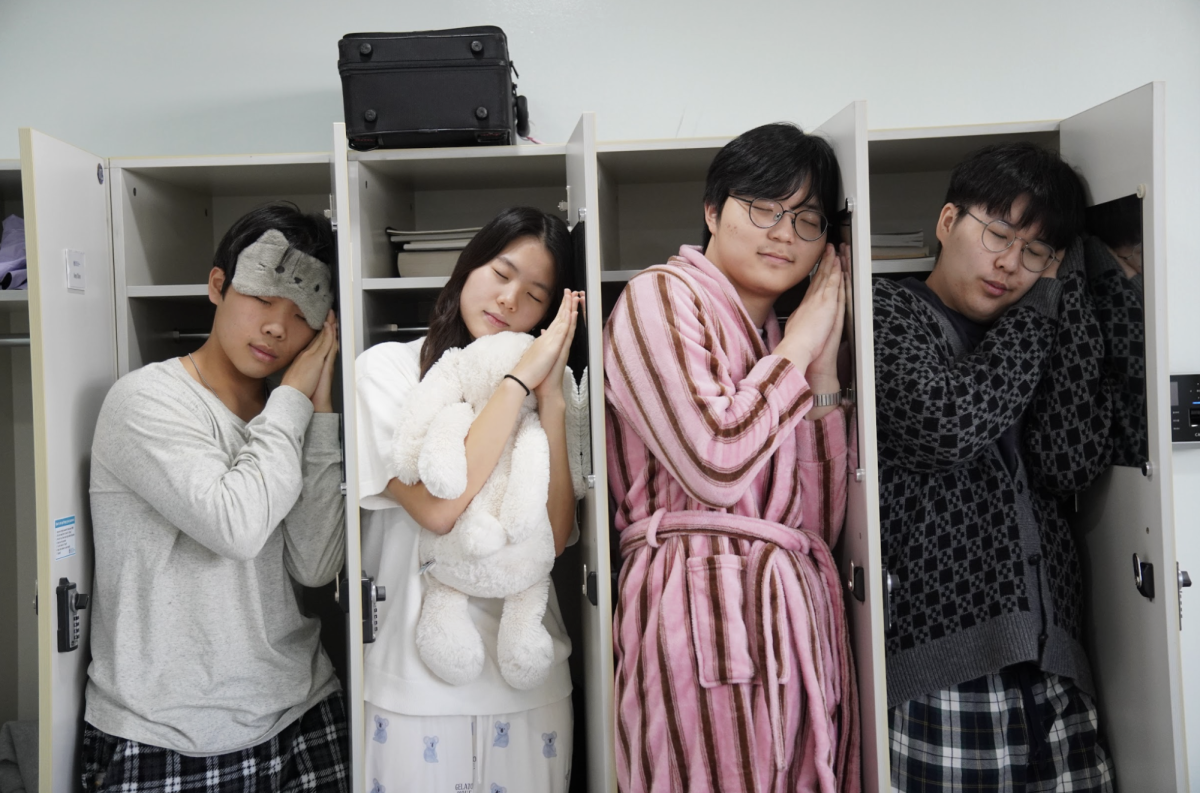






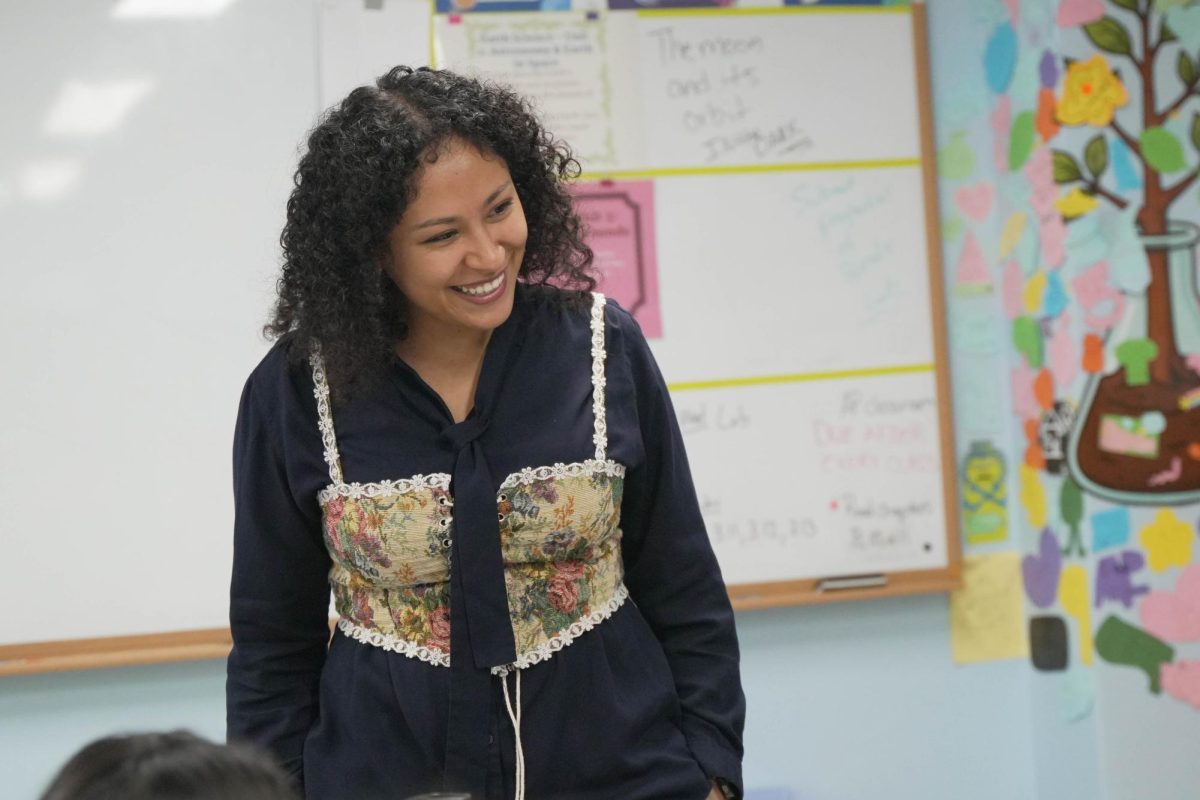
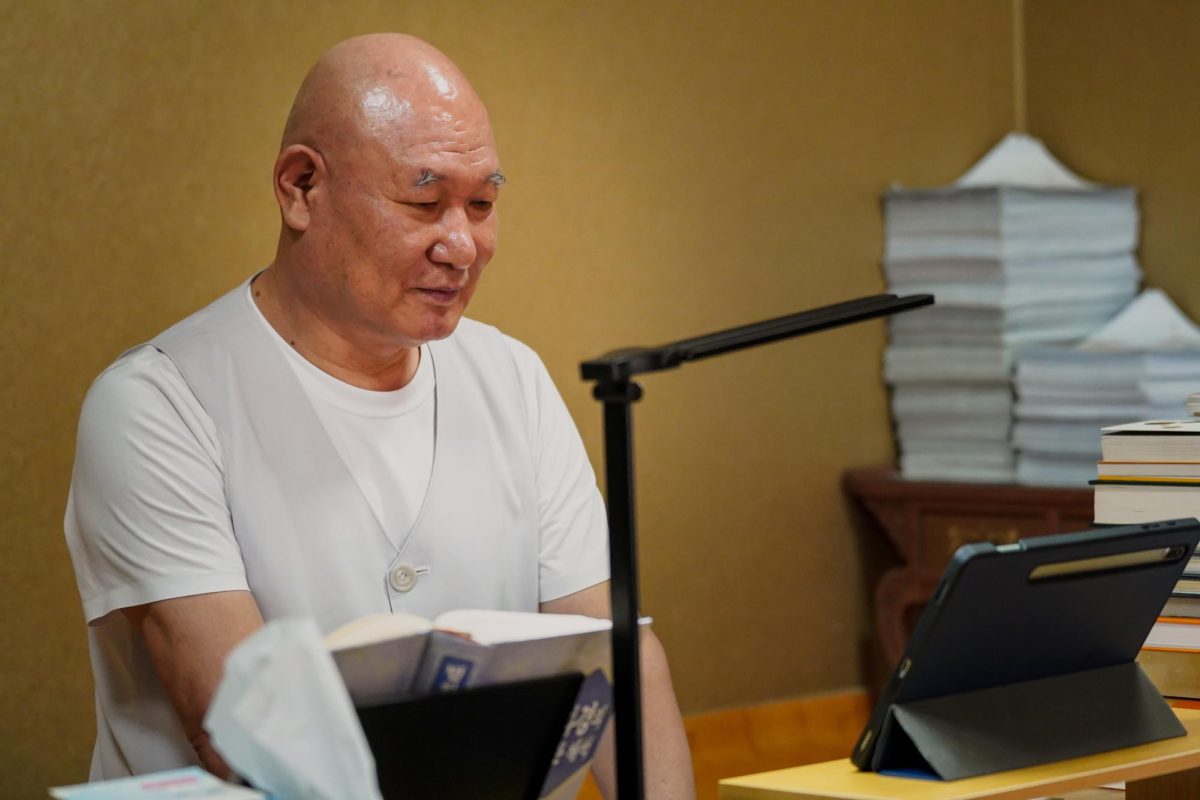
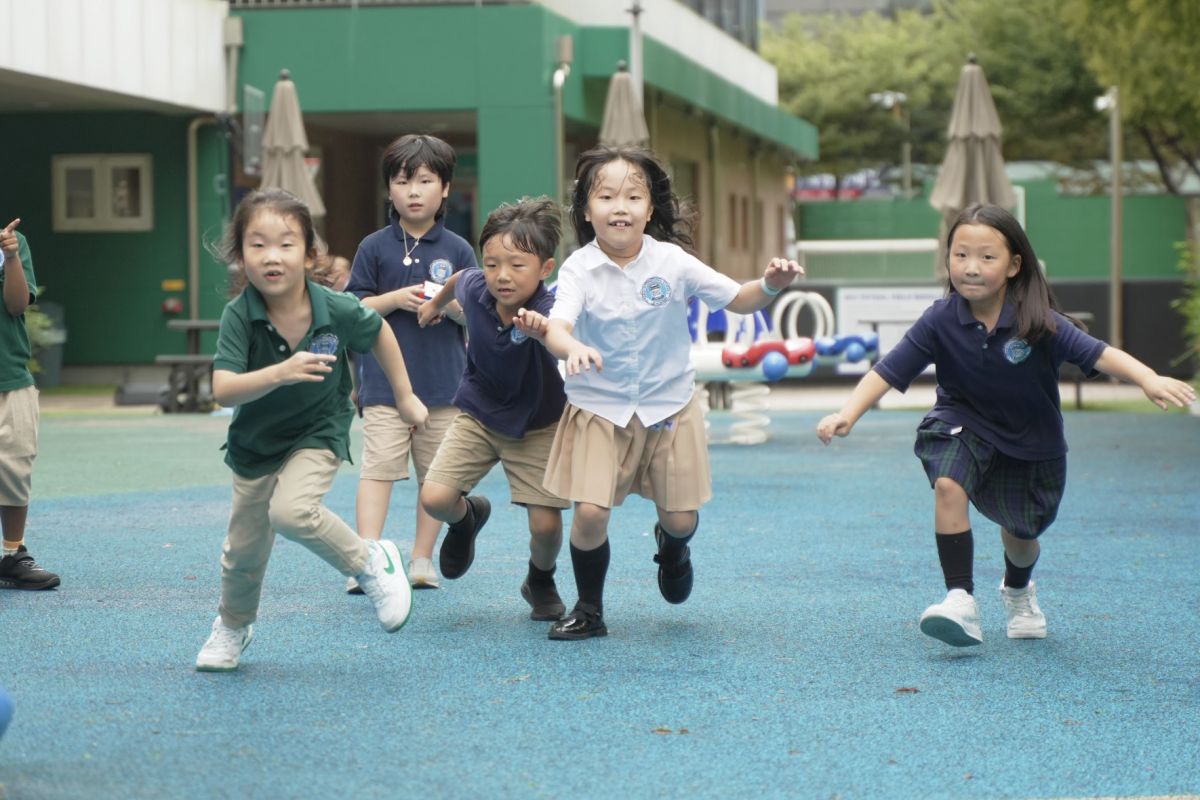




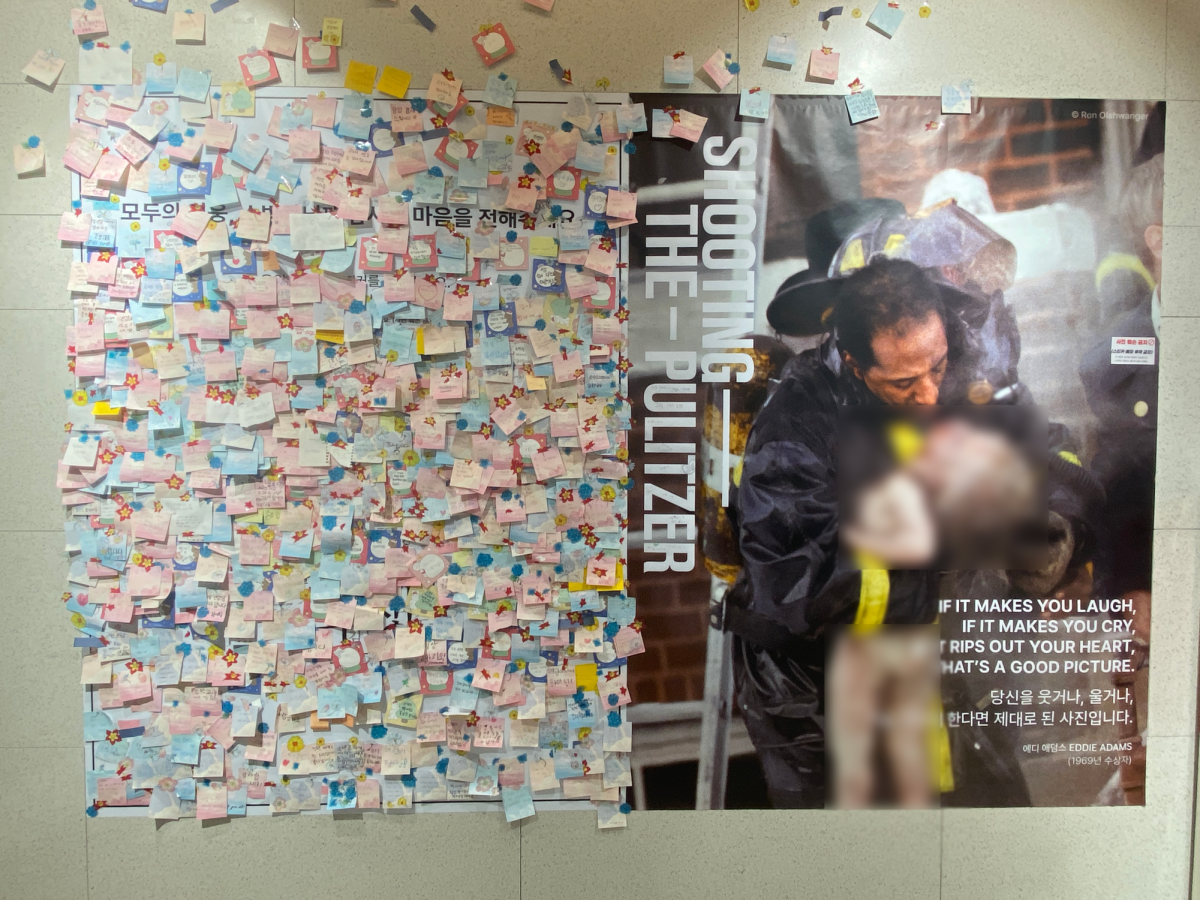


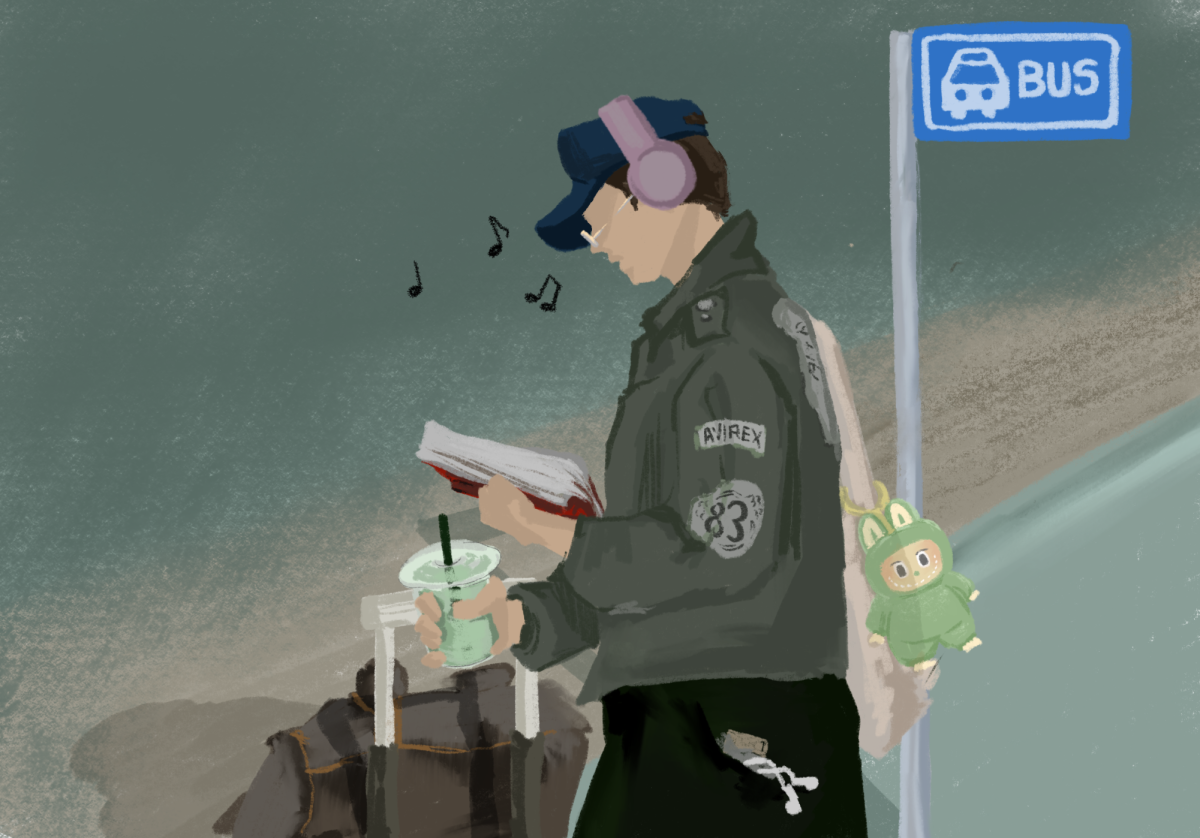
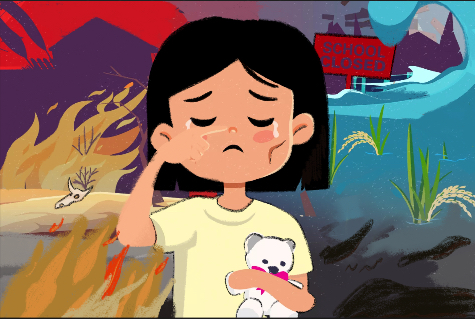





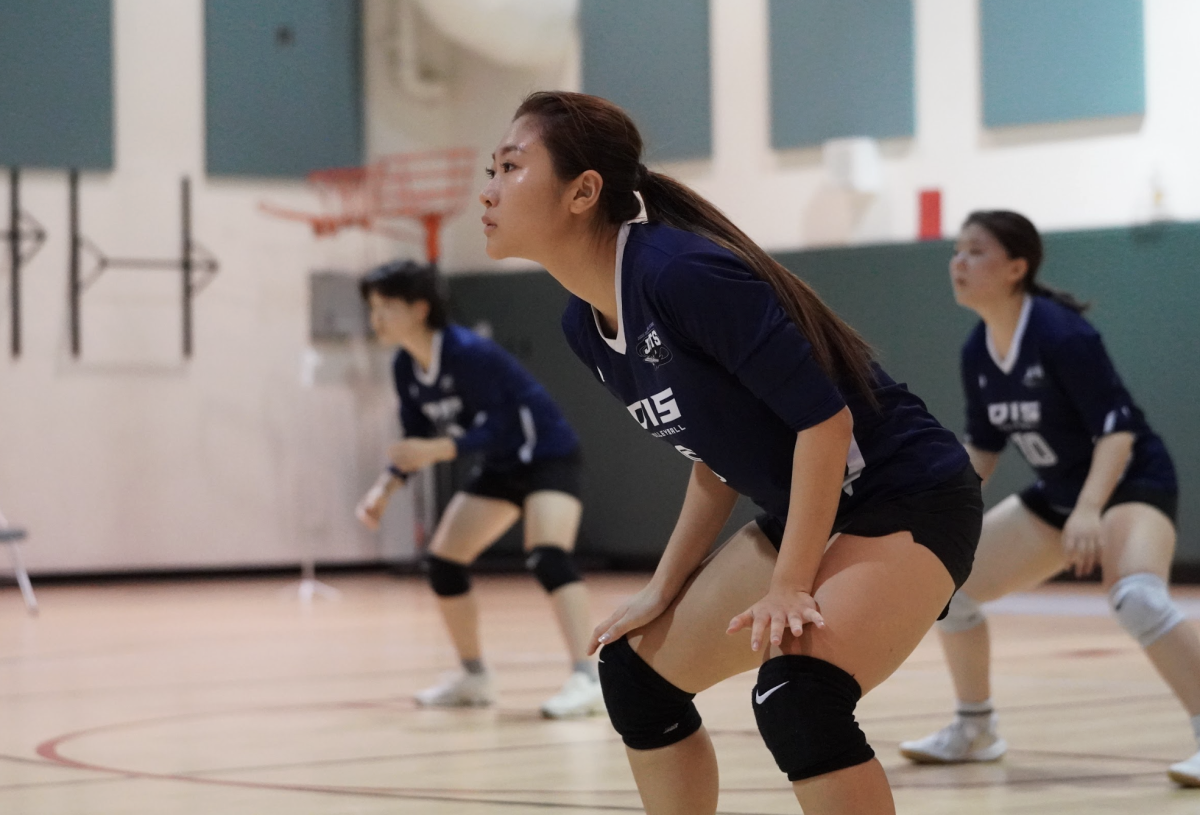

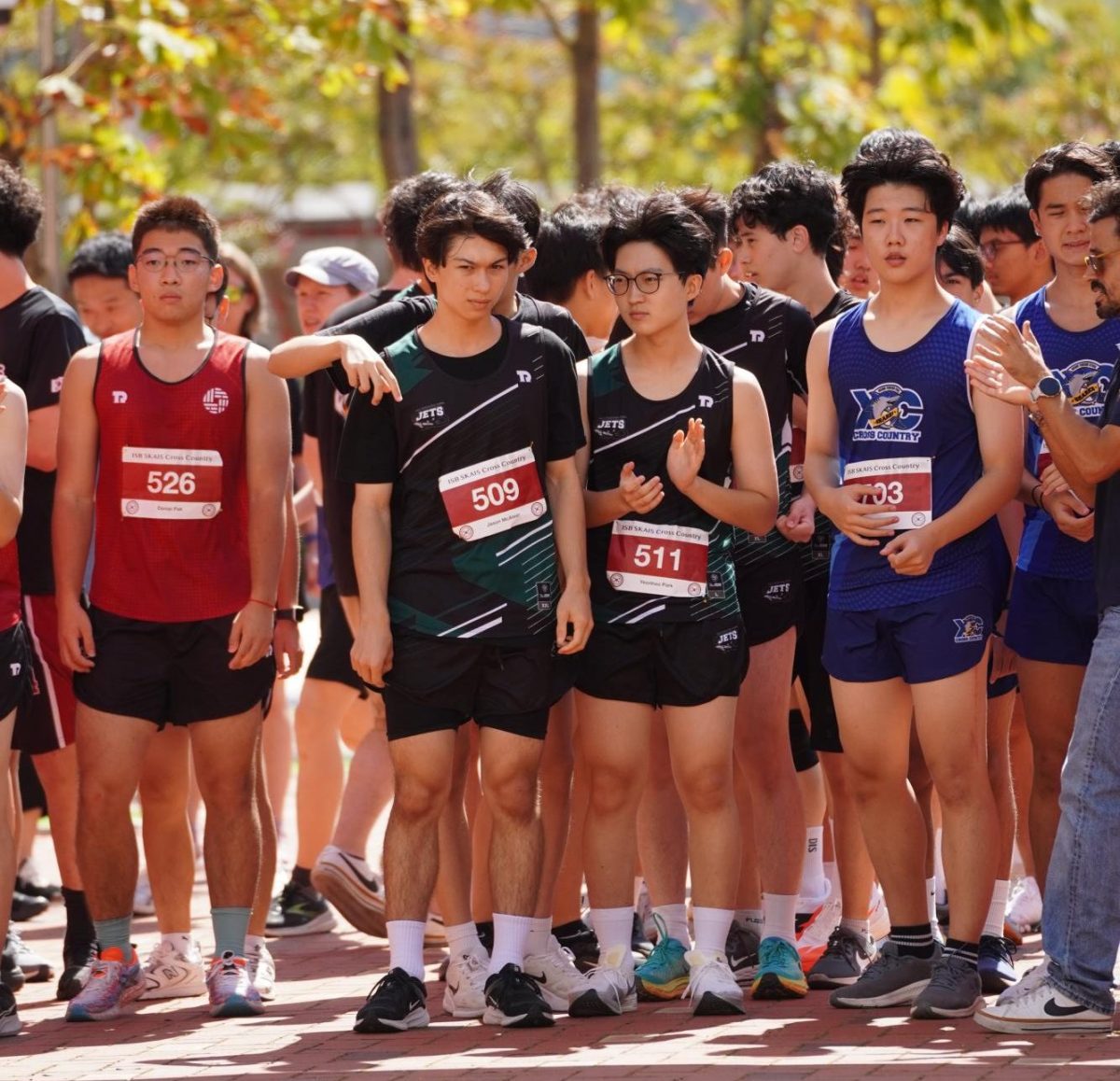







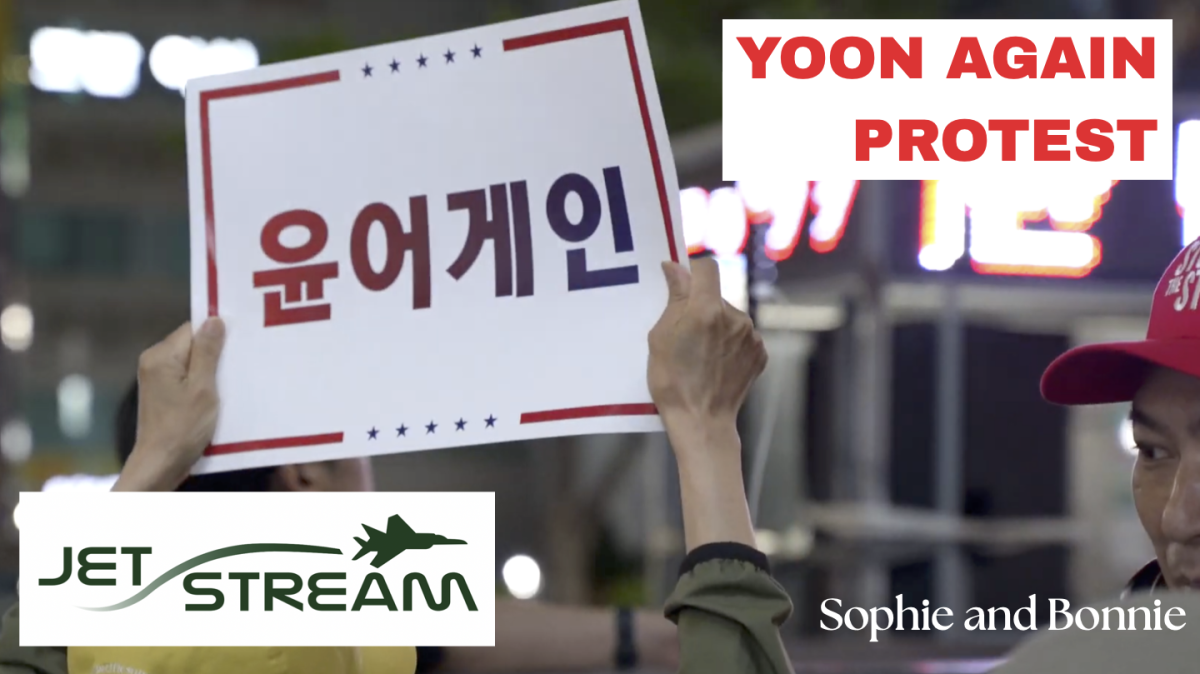

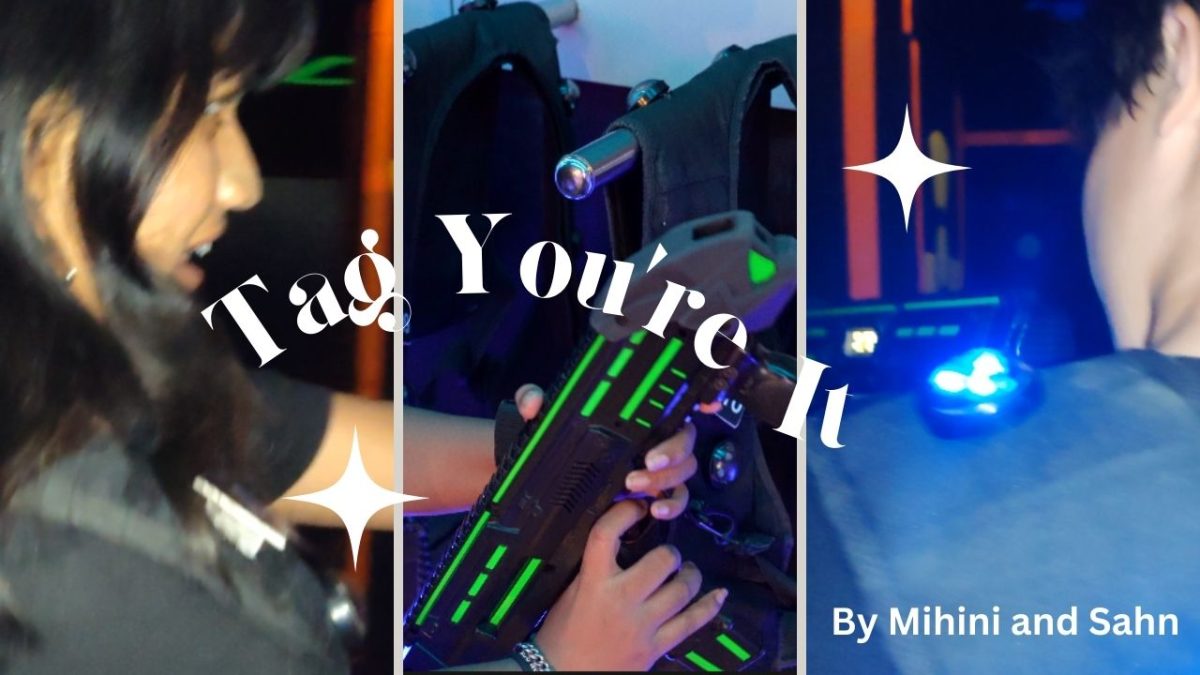






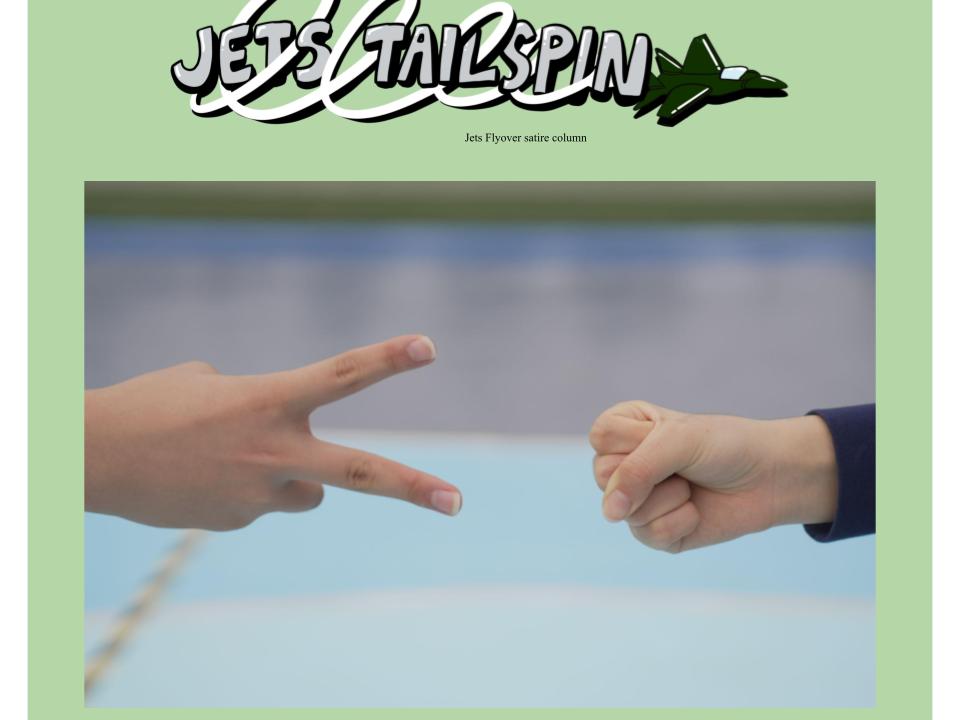
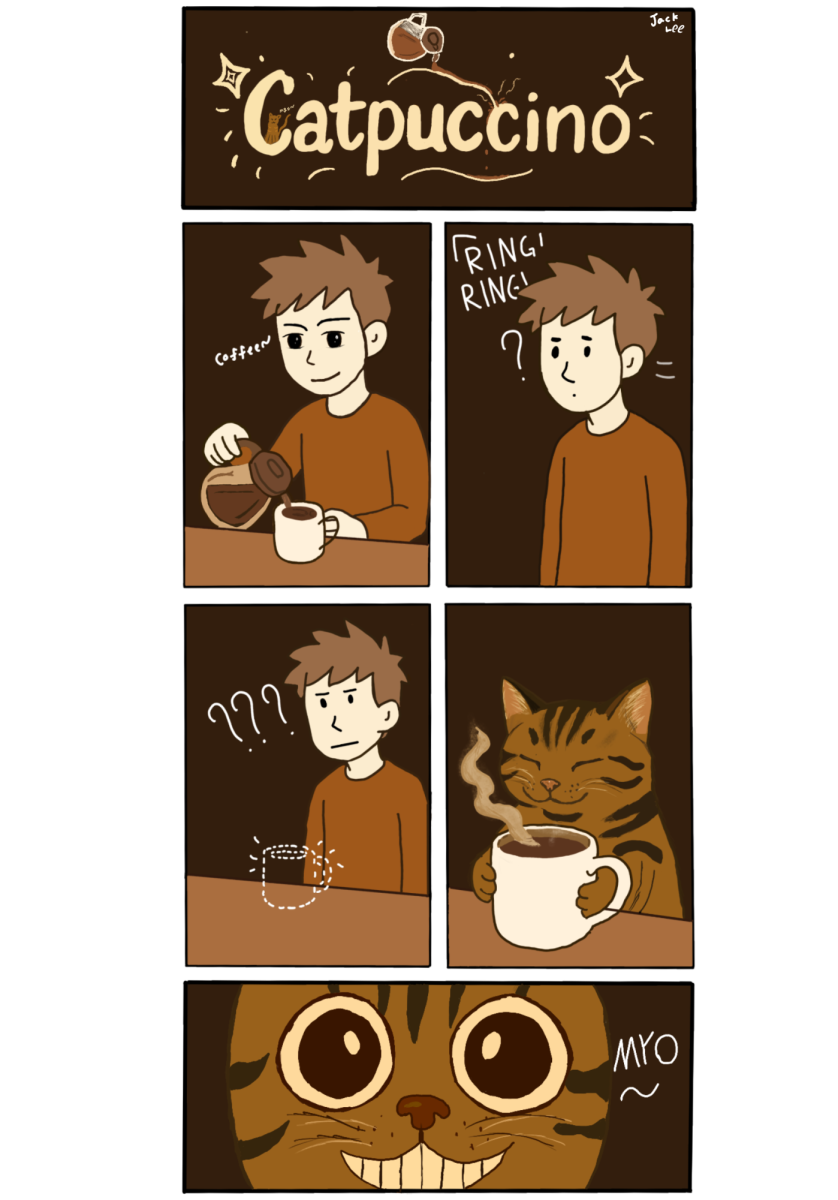


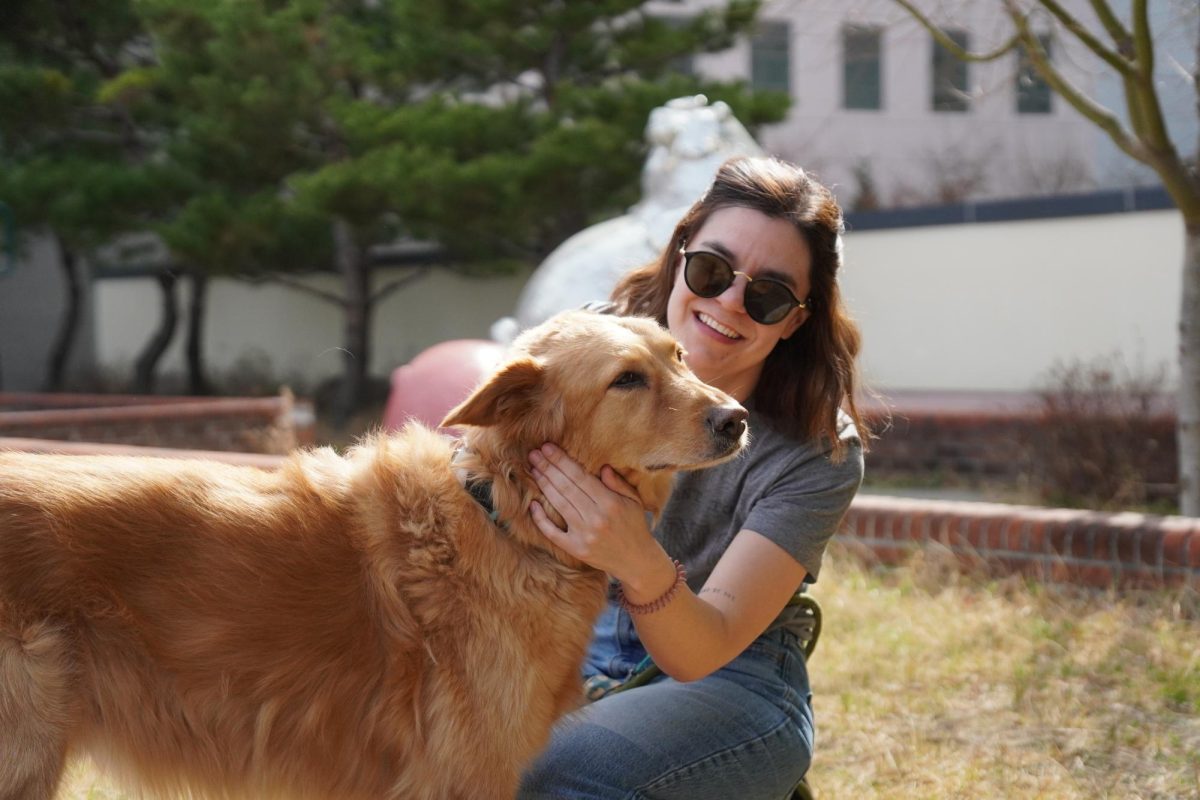
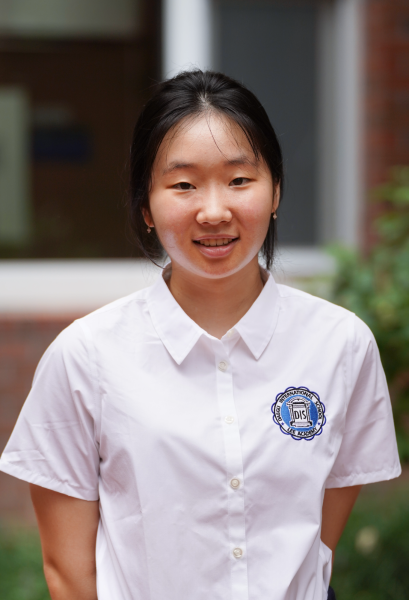
Sola • Apr 24, 2025 at 4:21 pm
Sooo adorable!!!!!!!